Construction News
23/09/2013
49% Increase In Planning Approvals - HBF
Figures released today in the Home Builders Federation's (HBF) latest Housing Pipeline report reveal a 49% year-on-year increase in the number of planning approvals for new homes in England in the second quarter of 2013.
Whilst a fall on Q1, the figure still means there were 77,686 permissions granted in the first six months of the year, a 26% year-on-year increase. The figure though is still well short of the 220,000 per year needed to meet housing demand.
The figures, compiled for HBF by Glenigan, mean that the moving annual total, that hit a trough of 117,067 in the 12 months to 2011 Q3, has risen to 156,608, a 34% increase. This is a strong forward indicator of future levels of home building. Undoubtedly, the upturn reflects increased applications as a result of earlier Government demand-side measures and an improving mortgage market, as well as the impact of the positive planning principles of the NPPF.
But whilst this upward trend is positive, there is increasing industry concern over the planning conditions attached to many permissions that are preventing construction work starting on sites. 'Planning Conditions' are set by local authorities upon granting planning permission, with many requirements needing to be met before work starts (so-called 'pre-commencement' conditions). Increasingly, builders are reporting these conditions, which in some cases can total in excess of a hundred separate items, are becoming more onerous and more numerous and are causing considerable costly delays to construction - sometimes taking years after the permission has been granted to meet satisfactorily.
The Government's Help to Buy scheme resulted in 12,500 reservations in its first five months, really helping to address demand issues, and developers are now looking to increase supply. But the industry is warning that Local Authorities have got to be realistic about what conditions they attach to a planning permission; whether they are really necessary; or whether they can be discharged later in the development process rather than before development commences, so that house builders can get building.
The 37,053 permissions granted in the second quarters was the highest Q2 number since 2008. However, it is still well short of the 55,000 permissions required on average per quarter – 220,000 per year - to meet housing need, or the 54,500 that were being granted on average per quarter during 2006 and 2007.
The NPPF contains a robust appeals system that is allowing developers to receive permissions in instances where Local Authorities have not abided by the responsibilities placed on them by the system. This should act as an incentive for them to put proper housing plans in place as soon as possible to ensure they have control over development in their areas, as opposed to allowing 'planning by appeal'.
Stewart Baseley, Executive Chairman of the HBF, said: "The overall trend in residential permissions is very positive. It reflects house builders' increasing confidence in the market and also the positive principles of the new planning system. With Help to Buy forging ahead strongly and developers looking to increase output, we need to see the increase sustained.
"However, at a time when developers are looking to build more much needed homes, we are increasingly concerned by the conditions attached to many of these permissions that prevent actual work starting on site. Local Authorities must ensure planning conditions are not overly onerous or unrealistic otherwise, despite the success of Help to Buy, the much needed increase in housing supply will be held back.
"Despite the increase in permissions granted, we are still well short of the 220,000 permissions required annually to meet housing need and all parties need to work closely together to ensure we see continuous and steady increases moving forward.
"Building the homes we need could take millions off social housing waiting lists and enable beleaguered first time buyers to get a foot on the ladder. It could also create half a million new jobs, and give the country a massive and much-needed economic boost."
(CD/JP)
Whilst a fall on Q1, the figure still means there were 77,686 permissions granted in the first six months of the year, a 26% year-on-year increase. The figure though is still well short of the 220,000 per year needed to meet housing demand.
The figures, compiled for HBF by Glenigan, mean that the moving annual total, that hit a trough of 117,067 in the 12 months to 2011 Q3, has risen to 156,608, a 34% increase. This is a strong forward indicator of future levels of home building. Undoubtedly, the upturn reflects increased applications as a result of earlier Government demand-side measures and an improving mortgage market, as well as the impact of the positive planning principles of the NPPF.
But whilst this upward trend is positive, there is increasing industry concern over the planning conditions attached to many permissions that are preventing construction work starting on sites. 'Planning Conditions' are set by local authorities upon granting planning permission, with many requirements needing to be met before work starts (so-called 'pre-commencement' conditions). Increasingly, builders are reporting these conditions, which in some cases can total in excess of a hundred separate items, are becoming more onerous and more numerous and are causing considerable costly delays to construction - sometimes taking years after the permission has been granted to meet satisfactorily.
The Government's Help to Buy scheme resulted in 12,500 reservations in its first five months, really helping to address demand issues, and developers are now looking to increase supply. But the industry is warning that Local Authorities have got to be realistic about what conditions they attach to a planning permission; whether they are really necessary; or whether they can be discharged later in the development process rather than before development commences, so that house builders can get building.
The 37,053 permissions granted in the second quarters was the highest Q2 number since 2008. However, it is still well short of the 55,000 permissions required on average per quarter – 220,000 per year - to meet housing need, or the 54,500 that were being granted on average per quarter during 2006 and 2007.
The NPPF contains a robust appeals system that is allowing developers to receive permissions in instances where Local Authorities have not abided by the responsibilities placed on them by the system. This should act as an incentive for them to put proper housing plans in place as soon as possible to ensure they have control over development in their areas, as opposed to allowing 'planning by appeal'.
Stewart Baseley, Executive Chairman of the HBF, said: "The overall trend in residential permissions is very positive. It reflects house builders' increasing confidence in the market and also the positive principles of the new planning system. With Help to Buy forging ahead strongly and developers looking to increase output, we need to see the increase sustained.
"However, at a time when developers are looking to build more much needed homes, we are increasingly concerned by the conditions attached to many of these permissions that prevent actual work starting on site. Local Authorities must ensure planning conditions are not overly onerous or unrealistic otherwise, despite the success of Help to Buy, the much needed increase in housing supply will be held back.
"Despite the increase in permissions granted, we are still well short of the 220,000 permissions required annually to meet housing need and all parties need to work closely together to ensure we see continuous and steady increases moving forward.
"Building the homes we need could take millions off social housing waiting lists and enable beleaguered first time buyers to get a foot on the ladder. It could also create half a million new jobs, and give the country a massive and much-needed economic boost."
(CD/JP)
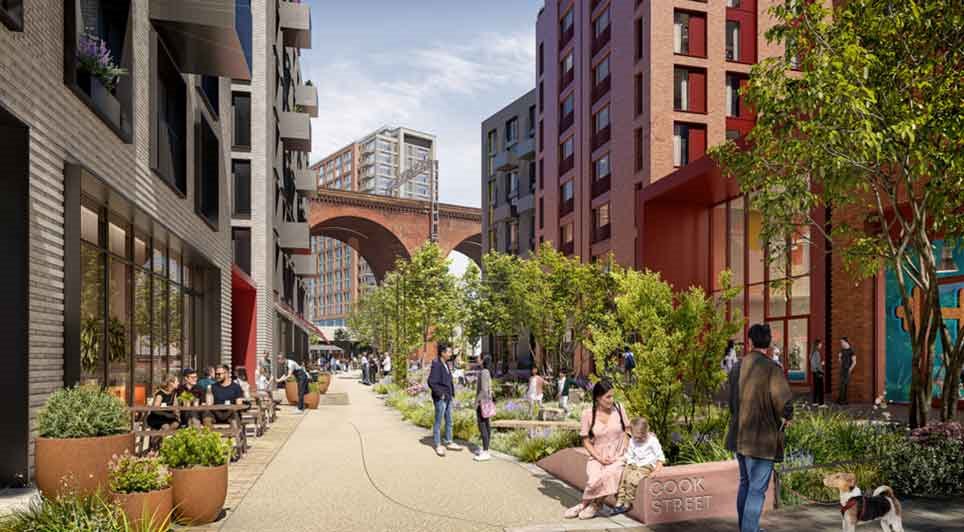
05/02/2025
Stockport Mayoral Development Corporation (MDC) and ECF, a joint venture between Homes England, Legal & General, and Muse, have selected Vinci as the preferred contractor for Phase 1 of Stockport 8, a £350 million residential development west of Stockport town centre.
The decision follows a competi
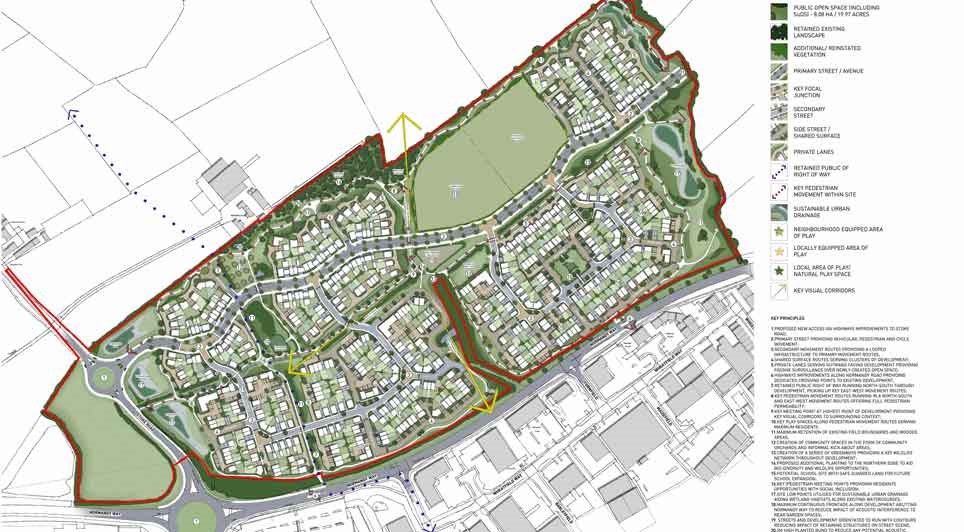
05/02/2025
Vistry Group has finalised contracts for a significant housing development in Hinckley, Leicestershire, securing outline planning permission to deliver 475 new homes in the area.
The development, located east of Stoke Road and north of Normandy Way in the town's northern region, has a projected val

05/02/2025
Wilten Construction has been awarded a second Design and Build contract at Gateway 14 by client Gateway 14 Ltd and Jaynic.
The project involves the development of a state-of-the-art, three-storey Skills and Innovation Centre spanning 35,000 sq ft in the heart of Gateway 14. Designed to achieve BREE
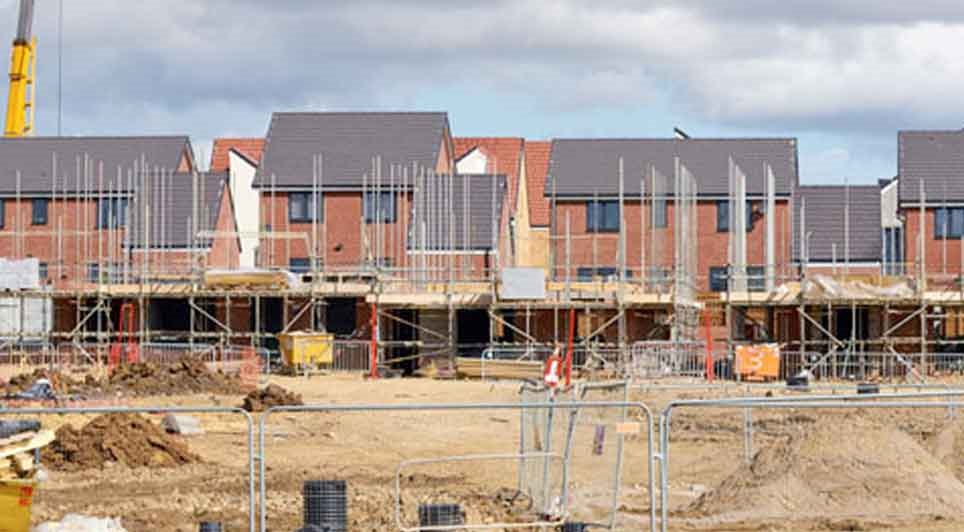
05/02/2025
Knowsley Council has approved a major housing development in Kirkby, giving the green light to 800 new energy-efficient homes in the town's centre.
The decision also secures £7.7 million in Section 106 contributions from developer Barratt David Wilson Homes, further boosting local investment.
The

05/02/2025
Keepmoat Homes has announced plans to invest over £50 million in three new housing developments across Calderdale, aiming to deliver more than 200 new homes.
The developments, undertaken in partnership with Calderdale Council, form part of the North Halifax Transformation Programme, a local authori
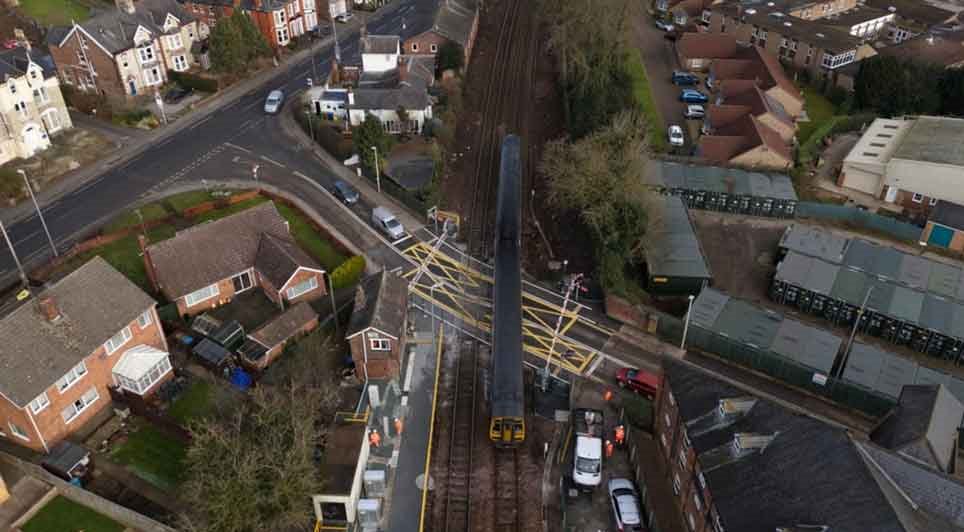
05/02/2025
Essential renewal work at Skerne Road level crossing in Driffield has been completed. Over a six-day period, engineers replaced decades-old equipment, installing a state-of-the-art operating system, replacing the level crossing deck, and resurfacing the road.
The newly installed operating system is
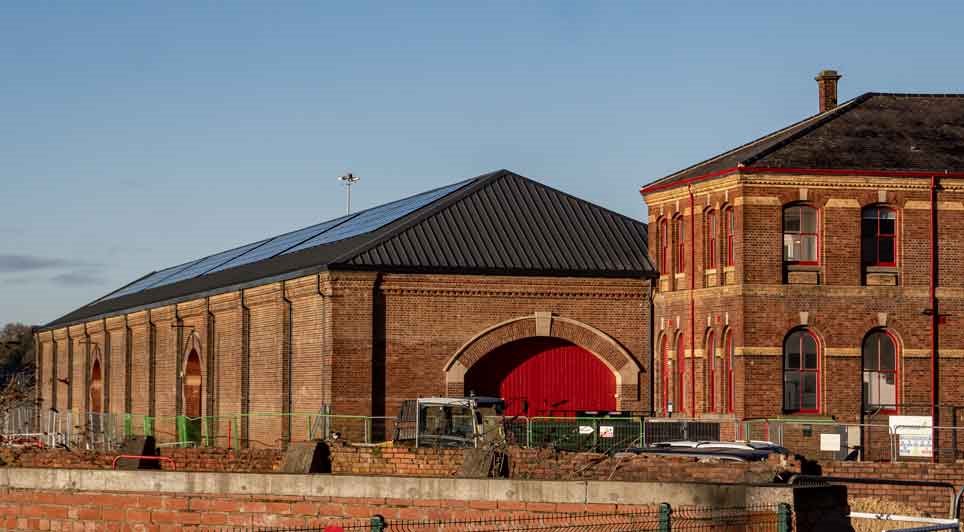
05/02/2025
Construction firm GRAHAM is currently carrying out essential restoration work at the National Railway Museum in York, replacing the Grade II listed roof structure at Station Hall.
Originally built between 1875 and 1877 as a goods station, Station Hall now houses the museum’s six royal carriages.

05/02/2025
Mezzanine floors are commonly associated with additional storage or expanded floor space, but did you know they can also have a profound impact on employee productivity and morale? At Doity Engineering, we specialise in designing and installing mezzanine floors for

05/02/2025
Construction work is commencing on a new solar array at Weeton Barracks in Lancashire that will generate over one third of the site’s energy needs.
The work has been funded under the British Army’s Project Prometheus, a scheme that is increasing renewable energy across the army estate through inst
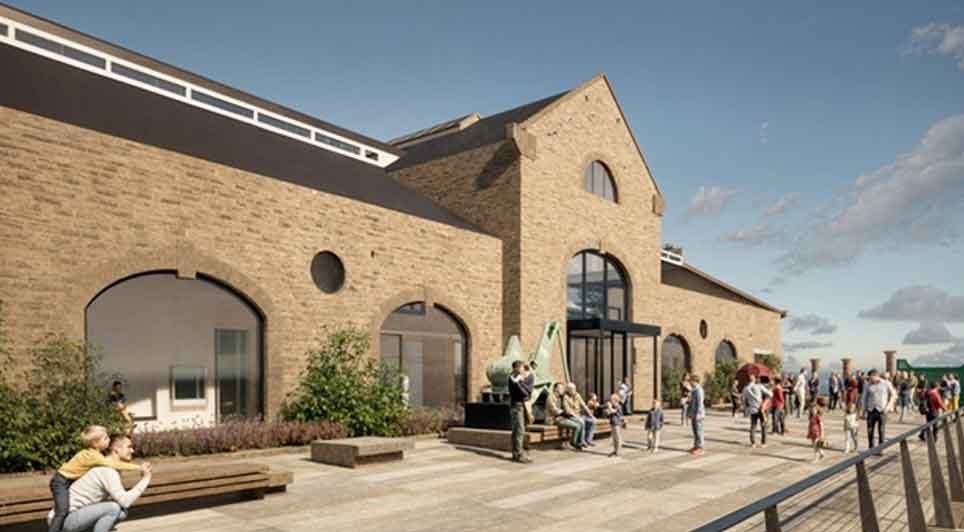
05/02/2025
The regeneration of Hartlepool's waterfront has reached a significant milestone with a £631,000 grant from The National Lottery Heritage Fund.
The funding will support the development phase of the 'Tides of Change' project, aimed at transforming the visitor experience at the Museum of Hartlepool a
 UK
UK Ireland
Ireland Scotland
Scotland London
London











